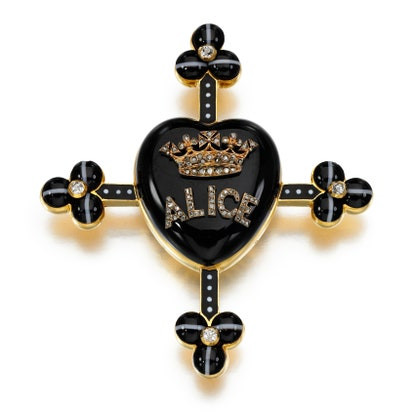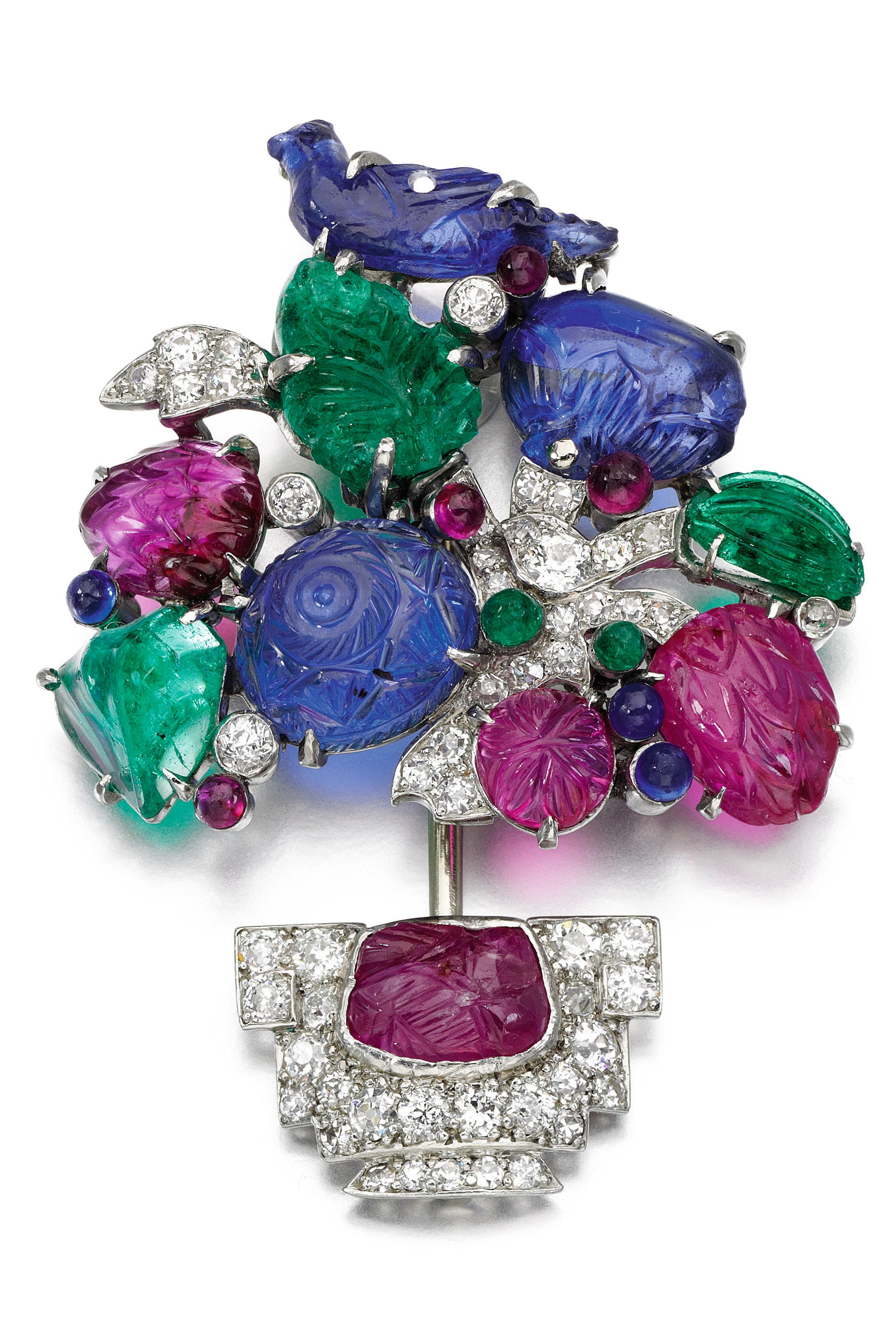
Girl Guide badges are traditionally awarded in the shape of embroidered fabric patches. Patricia Mountbatten, later 2nd Countess Mountbatten of Burma, however, received her emblems in the shape of gold, enamelled medallions that were fastened to the links of a bracelet rather than the ordinary sash. She was a member of no ordinary Girl Guides troop. She was one of 20 recruits to the 1st Buckingham Palace Company, established in 1937 to allow her third cousin, the young Princess Elizabeth, to join the association. Patricia’s father, Louis Mountbatten, the last Viceroy of India and 1st Earl Mountbatten of Burma, designed the charm bracelet for her to commemorate her membership.
This March, the whimsical jewel is among 350 lots offered by Sotheby’s London in a blockbuster sale uncovering treasures from Newhouse, the 18th-century Kent manor that Lady Patricia and her husband, the Oscar-nominated producer John Knatchbull, 7th Baron Brabourne, called home until her death in 2017. The auction includes 18th-century Thomas Chippendale furniture, family portraits, and rare objets, but the real auction standouts are the many jewels that point to Lady Patricia’s glittering biography and family ancestry.
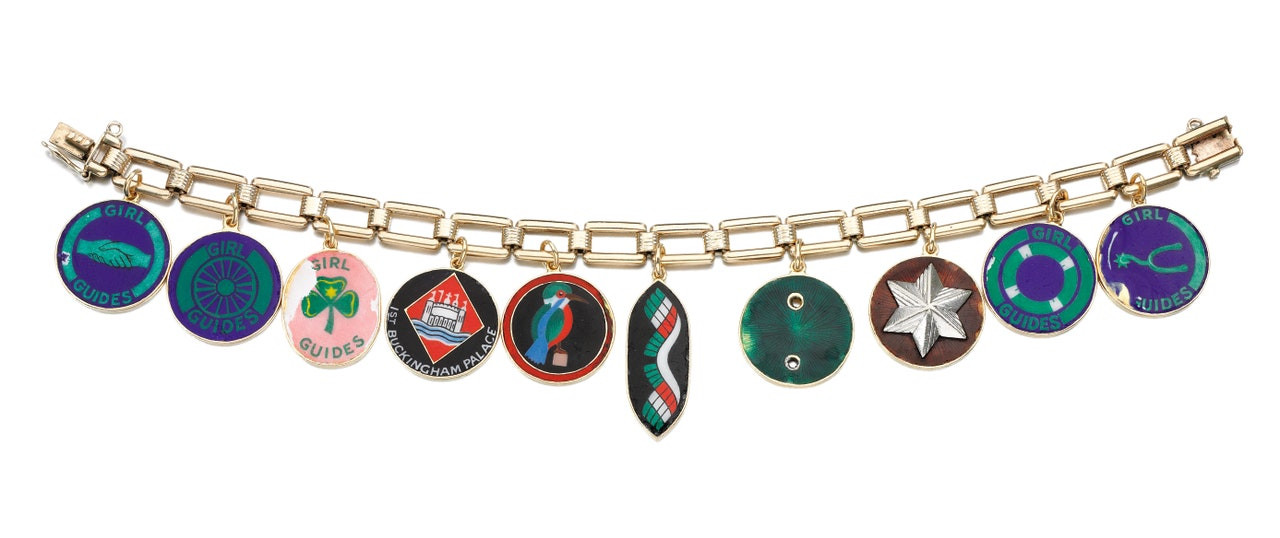
Born in Westminster in 1924 to Mountbatten and his wife, society beauty and heiress Edwina Ashley, Lady Patricia was a great-great-granddaughter of Queen Victoria and first cousin to Prince Philip, Duke of Edinburgh. There’s a filmic dimension to Lady Patricia’s childhood: they had a South African lion for a pet, and, at their Hampshire estate, the family spent many a weekend with the future Edward VIII and Wallis Simpson for company. Then, there was the time the family escaped the Blitz, finding refuge in the palatial Manhattan apartment of American socialite Grace Graham Wilson Vanderbilt. In 1945, as part of the Women’s Royal Naval Service, Lady Patricia journeyed to Southeast Asia to serve as a third officer, and it was there that she first met her future husband. The couple tied the knot a year later with both Princess Elizabeth and Princess Margaret as bridesmaids. In 1979, Lady Patricia, her husband, and her son Timothy survived when the IRA blew up their boat near the shores of the Irish village of Mullaghmore. Tragically, her father, mother-in-law, son Nicholas and a boat boy did not.
“It’s been an extraordinary process,” says Sotheby’s specialist David Macdonald, reflecting on the auction’s many months of preparations. “Going to the house and pulling from the strongroom a beautiful Asprey’s 1940s jewellery case, which we think was a gift from Lord Mountbatten… Opening that jewellery case and seeing what was inside was quite amazing.”
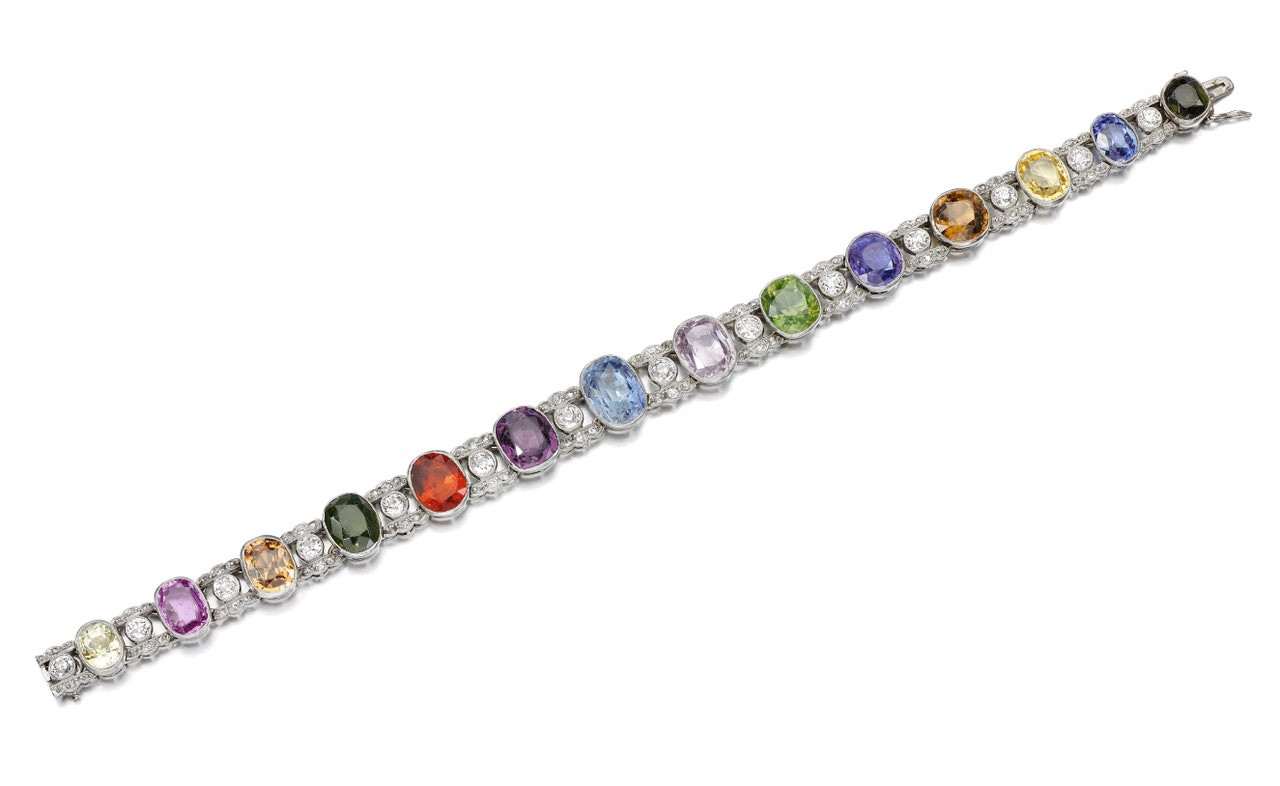
Comprising many different styles and eras of creation, the collated gems, a number of which Lady Patricia inherited from her mother Edwina Mountbatten and Lady Doreen Knatchbull, her mother-in-law, are striking for both their provenance and artistry. “She was surrounded by people with extraordinary jewels,” says Macdonald. Edwina Mountbatten particularly admired the vibrancy of Tutti Frutti-style jewellery. The most famous piece in her collection was a 1928 Tutti Frutti bandeau tiara by Cartier, set with carved sapphires, rubies, and emeralds.
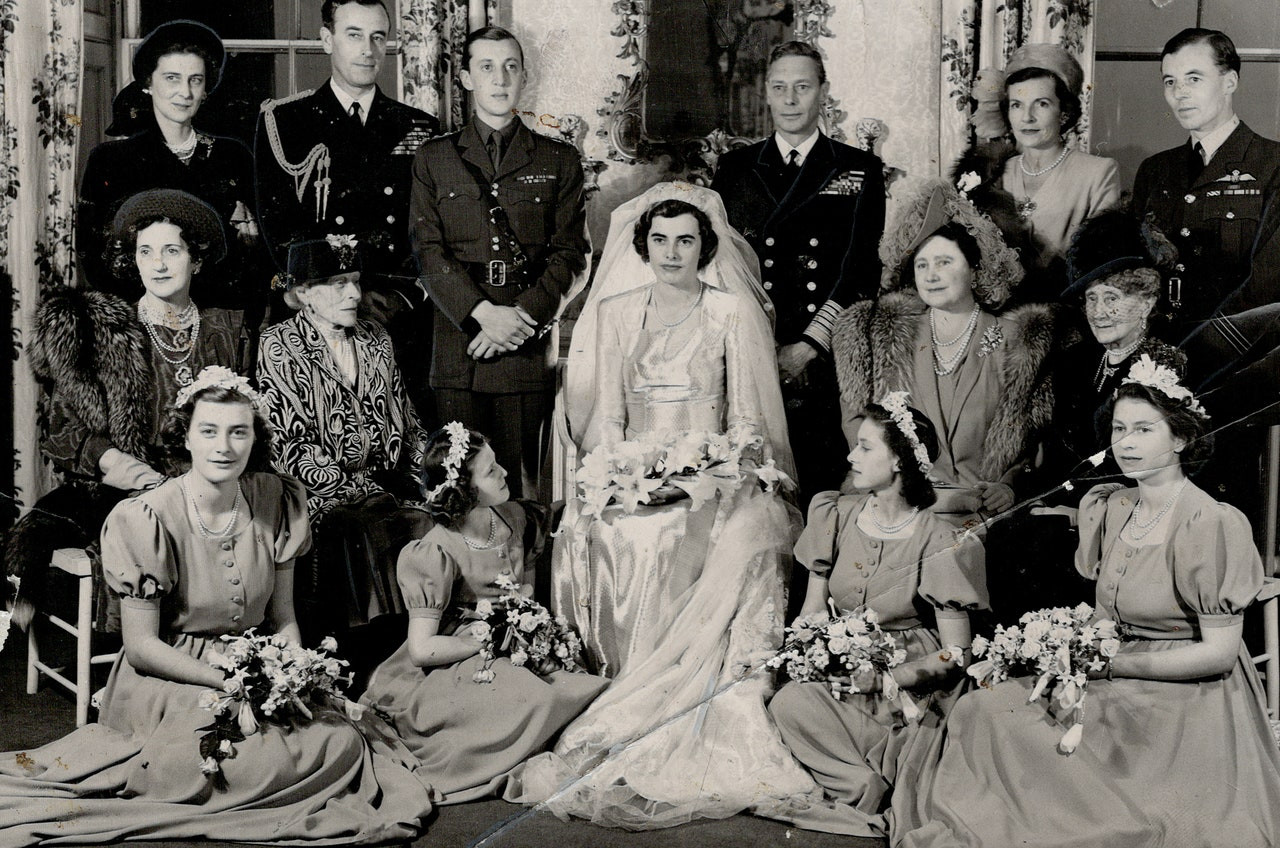
In the March sale, colourful Tutti Frutti treasures include a pair of dress clips, earrings and a naturalistic necklace of carved gems arranged in the shape of a wreath. “They’re a wonderful meeting of East and West,” says specialist Arabella Toler. “This was probably one of the most fashionable styles of jewels in the 1920s and 1930s, which is very fitting seeing that Edwina was one of the [era’s] most fashionable women.”
